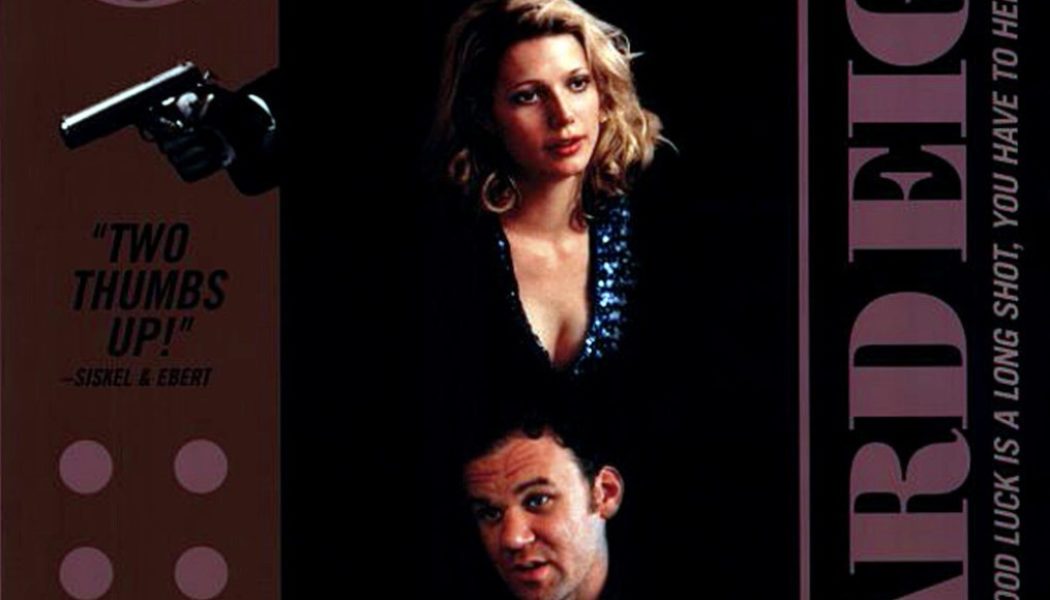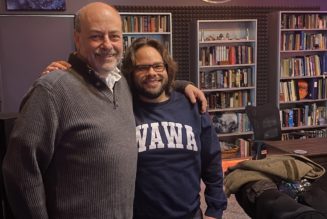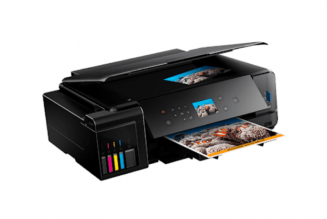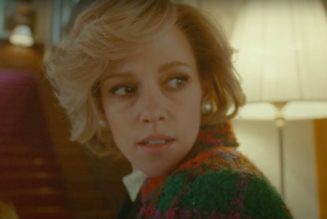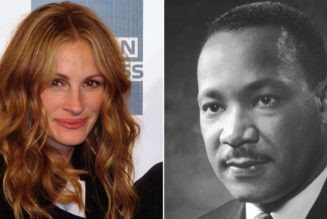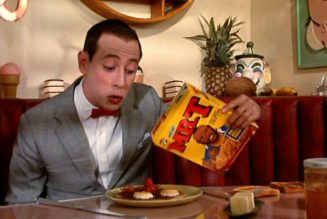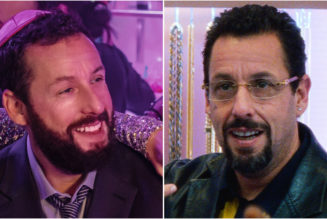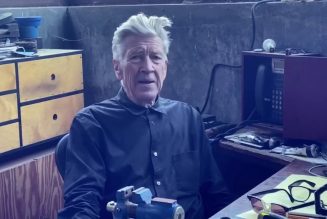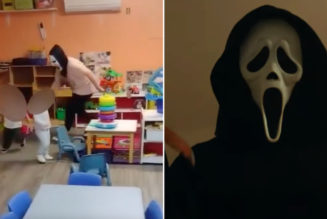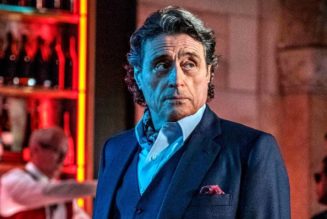This article originally ran in 2014 and has been updated.
Welcome to Dissected, where we disassemble a band’s catalog, a director’s filmography, or some other critical pop-culture collection in the abstract. It’s exact science by way of a few beers. This time, we sort through the best and worst of the man who gave us a sobbing Philip Seymour Hoffman.
In many ways, Paul Thomas Anderson is our 21st century Stanley Kubrick. You always get the sense that every single shot in his films have been carefully constructed. From the portrait of a man sitting down in an empty warehouse to a long shot following our lead through a porn party, the attention to detail is so great all we can do is just sit back and admire the man’s vision.
For that reason alone, it wasn’t easy ranking Anderson’s filmography, and once we started to dissect each film, we agreed that, while some movies may fare better than others, he hasn’t had a misstep yet. With Phantom Thread around the corner, what better time than now to discuss the career of a modern icon?
— Justin Gerbera
09. Hard Eight (1996)


Runtime: 1 hr. 41 min.
Press Release: Sydney, an aging gambler, takes fuck-up John under his wing, showing the boy how to hustle in the casinos of Reno, Nevada. Just as everything seems to jell, however, a slimy opportunist with knowledge of Sydney’s past misdeeds comes calling.
Cast: Philip Baker Hall, John C. Reilly, Gwyneth Paltrow, Samuel L. Jackson, Philip Seymour Hoffman
Soundtrack: Chiming bells — the kind that underscore Boogie Nights’ most dire moments — ring beneath the opening credits, the first of several signs that Hard Eight is a funereal affair. Composers Jon Brion and Michael Penn — both of whom would have a hand in Boogie Nights, Magnolia, and Punch-Drunk Love — eschew recognizable pop (likely due to budget constraints) for boozy lounge music of the Angelo Badalamenti variety. It’s tonally consistent, if somewhat of a non-entity. Unlike those that followed, there’s no “Jessie’s Girl,” no “Save Me,” no “He Needs Me”; in other words, there’s no moment of musical catharsis.
Best Breakdown: It’s not a PTA joint if someone’s not yanking themselves from the hinges of their own sanity, and Hard Eight’s no exception. Though we see Sydney and Paltrow’s Clementine in various states of distress, Reilly takes the cake with a breakdown fueled by equal parts passion and desperation. After taking a bullish john hostage, John attempts to justify his actions to Sydney, anchoring his explanation on the love he feels for Clementine. Sadly, his cries of “I fucking love her!” ring hollow, as if he’s trying to not just convince himself that his violent actions were justified, but also that his feelings for Clementine are genuine.
Long Shot: This being the young director’s first feature, Anderson doesn’t overdo it when it comes to his notoriously difficult long shots. Though there are a few expertly choreographed pans at various points in the movie, the shot that best foreshadows Anderson’s talents comes as Sydney navigates a seedy Reno casino. The opposite of glamorous (and a far cry from the dizzying glitz of Boogie Nights’ opening), Sydney’s sad trek takes him past rundown denizens in flannel and baseball caps, sickly neon, and sleepy games of blackjack, craps, and poker. The MGM Grand this ain’t.
Gotta Start Somewhere: The dialogue in Anderson’s early scripts is sometimes the only indicator that the man behind these brilliant films is still a child himself. His later films, too, I suppose; Hoffman’s cry of “pig fuck!” in The Master felt supremely out of place in an otherwise elegant script. In Hard Eight, brilliant actors like Hall and Jackson can’t make a phrase like “big balls bet” work, let alone questions like, “You know the first thing they should’ve taught you at hooker school?” Anderson’s dialogue has always been best when it feels semi-improvised, as it does in some of Boogie Nights and Punch-Drunk Love’s best scenes. Unfortunately, there are no such moments here.
Attention to Detail: Like Wong Kar-Wai and Stanley Kubrick, Anderson’s attention to detail is borderline OCD. Cigarettes, lighters, ashtrays, keychains, and other insignificant tokens are given significance by Anderson, who uses them to add dimension to both character and place. You can almost feel the squeak of the laminated plastic booths in the diner where Sydney and John first meet.
PTA vs. Producers: No one can say Anderson never took his lumps. The young director was fired from Hard Eight after multiple clashes with producer Robert Jones, who demanded sizable cuts and the title Hard Eight, as he felt the original title, Sydney, would make people think the film was about Australia. Anderson admits some of the producers’ notes were sound and that his own ego got in the way, but he also says that the battle to get his movie back from Jones and the other producers taught him to always fight for what he thinks is best for a film.
Analysis: Due to the director’s youth and the many compromises he had to make, Hard Eight feels somewhat thin and, as a piece of storytelling, a bit sloppy. Still, Anderson’s talent and vision shines through. Every shot feels painstakingly choreographed, and his camera moves with purpose through every tableau, with zooms and pulls seeming to climb and recede from the character’s minds. What’s also clear is his empathy for society’s castaways, as well as the presence of surrogate fathers and families that populate so many of his films. Though bold, ballsy, and confident, Anderson’s debut still couldn’t predict the masterpieces that would come in its wake.
— Randall Colburn
